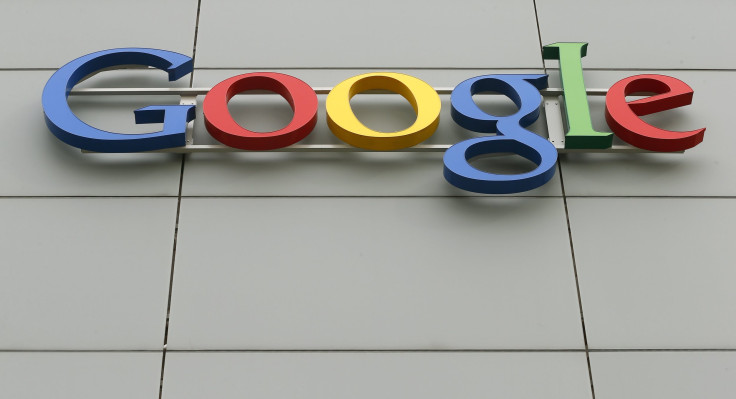Google Maps vs Waze App

Google Maps and Waze are two of the most popular navigation apps on the planet. Both apps are available on iOS and Android for free download. Google acquired Waze in 2013 for a hefty $1.3 billion (AUD $1.86 billion).
Navigation approach
Google Maps provides satellite imagery and street maps using traditional GPS navigation software. Meanwhile, Waze is a mapping tool that accumulates information from its users to provide real time traffic updates. Even if Google incorporated features of the app into its own navigation systems, Waze functions in a unique manner.
User Interface
Google Maps has a standard and formal user interface that’s more instinctive to use. Waze has more unconventional and quirkier icons that make it a little difficult to understand at the get go. Waze also roped in social media updates from Facebook and FourSquare. Users can see friends that also checked in from nearby locations, reports Tech Times.
Real Time Updates
Waze is the big winner in this regard. Due to its crowdsourcing nature, Waze incorporates more social elements and constantly update users with accident locations, traffic jams and other hindrances that could slow down traffic flow. It also suggests alternative routes a traveler can take to facilitate his journey.
The app’s police tracking feature helps a driver avoid routes under police surveillance. However, this feature has been harshly criticised for disclosing details of police locations, reports Investopedia.
The app’s real time traffic updates are of superlative quality. It provides users with a wide range of native features using the turn-by-turn navigation method.
The "time in traffic bar" is a Waze feature for iOS that tells users how long they’ll have to remain stuck in a traffic jam. Waze also keeps on notifying the traveler about the locations of the nearest gas stations, restaurants and food joints.
Route Planning
Most users want navigation assistance and route planning for their car trips or any other mode of transportation. Satellite images offer route planning and driving directions on standard routes. Google Maps also provides turn-by-turn directions via text and speech, and displays real time traffic information.
The popular “Explore Nearby” feature offers a list of restaurants, gas stations, grocery shops, shopping centres surrounding the area.
Waze could prove to be more useful to daily commuters since it provides excellent real time traffic updates. As for Google Maps, it can be a real help for users on a road trip by providing satellite imagery of locations.
Contact the writer at feedback@ibtimes.com.au or let us know what you think below.





















